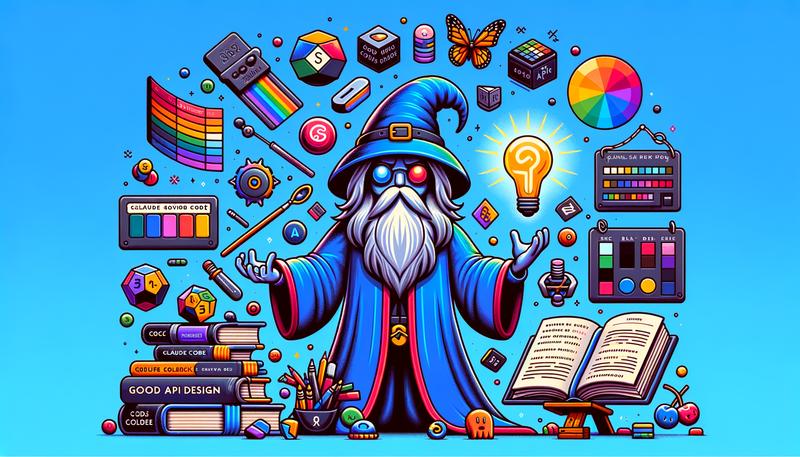Hey there! In my latest blog post, I delve into some fascinating topics: battling Developer’s block, unlocking the magic behind Claude Code, and how it evolved into an essential design partner by overcoming its early naive usage. Additionally, I share insights into the OKLCH color model and gather everything I’ve learned about good API design, drawing from tools like Twilio. Dive in for some exciting insights!
- Developer’s block:
- What makes Claude Code so damn good (and how to recreate that magic in your agent)!?: Claude Code is the most delightful AI agent/workflow I have used so far. Not only does it make targeted edits or vibe coding throwaway tools less annoying, …
- Turning Claude Code Into My Best Design Partner: When I first started using Claude Code, I had a naive approach to working with it. I would describe the task directly in the prompt, press Enter, and cross my fingers. If the agent made mistakes, I would tell it how to fix them. For small tasks, this can be good enough, but as the task grows in complexity, this approach reveals several significant drawbacks.
When Simple Doesn’t Scale The first problem is that the conversation becomes the only source of truth about the task. - What are OKLCH colors?: Article about the OKLCH color model.
- Everything I know about good API design: Most of what modern software engineers do involves APIs: public interfaces for communicating with a program, like this one from Twilio. I’ve spent a lot of time…
